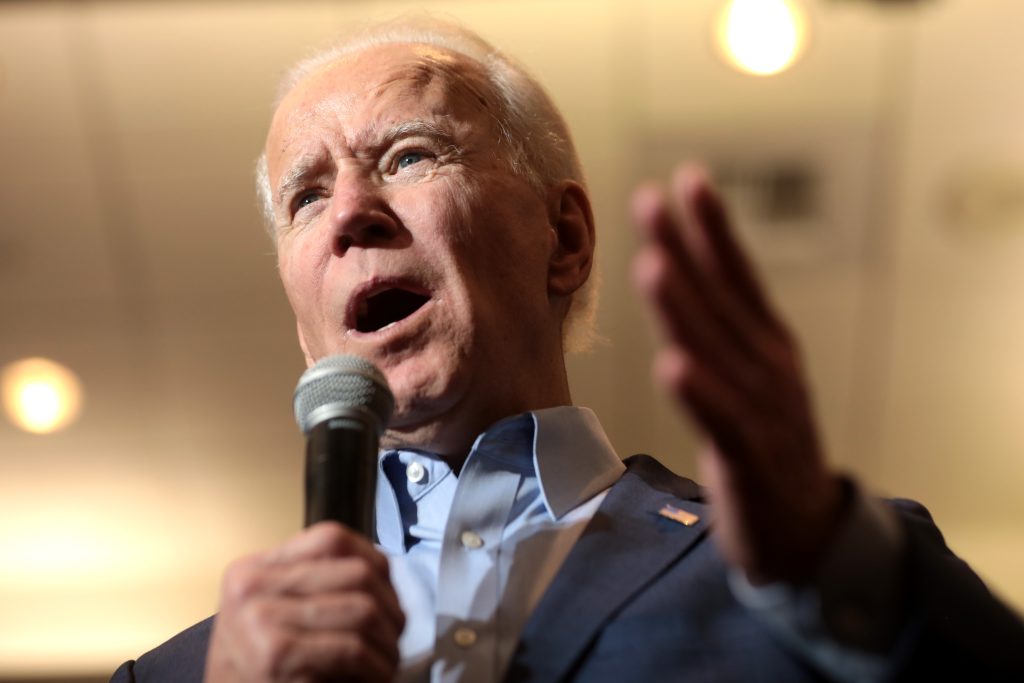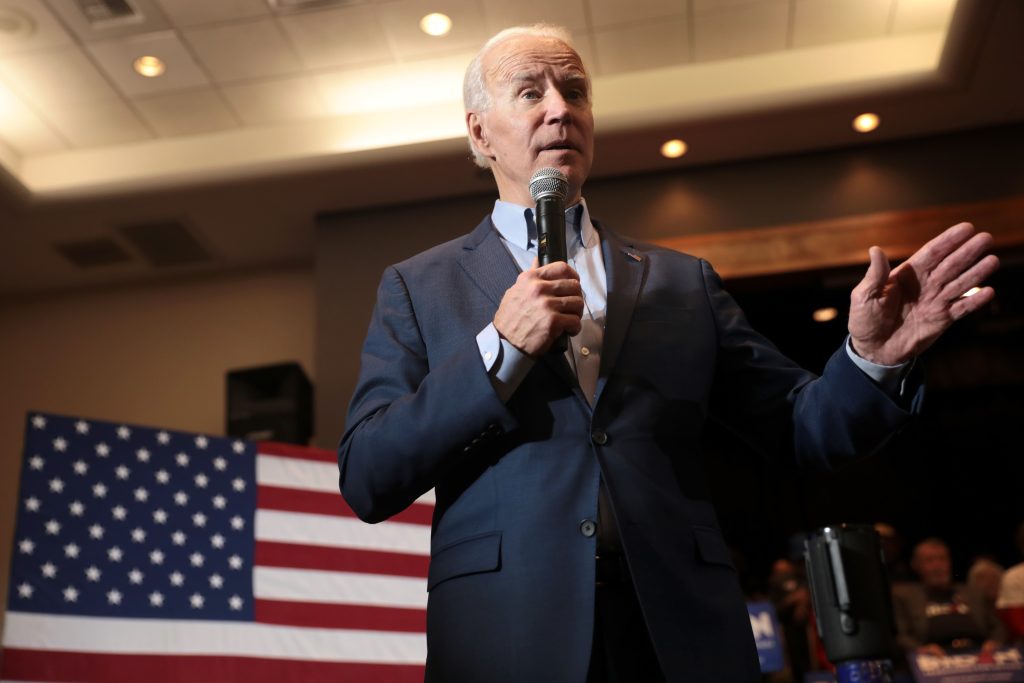The constitution provides minimum ages for people wising to run for office. A person must be 35 years old to hold the office of President, 30 for a US Senator, and 25 for a House Representative. However, the constitution does not provide any age limits in terms of the oldest an office holder can be. There are no compulsory age restrictions or retirement ages for federal office holders in any of the three branches of government. This has become an important talking point in the present climate given the advanced ages of many of the key players in the current political sphere.
In a recent Pew research centre survey, it was found that 79% of Americans are in favour of there being maximum age limited for elected officials and 74% supported age limits for Supreme Court Justices.
At 81 years of age, Joe Biden, the 46th president of the United States, is the oldest sitting president in United States history. If elected, former President Donald Trump would be 78 years old. Age has the potential to become a talking point in the lead up to the election. The Constitution states, in the 25th Amendment, “In case of the removal of the President from office or of his death or resignation, the Vice President shall become President”. The issue of succession could therefore be one that draws attention.

The discussion around age limits for officials has also been exacerbated by the prominence of older politicians in the legislative branch. In recent months there has been a notable decline in the health of Senate Minority Leader and Kentucky representative Senator Mitch McConnell. McConnel is now 81 and has had a number of high profile appearances that have raised concerns for his health.
In July of this year McConnell was speaking at a press conference in which he appeared to freeze and be unable to continue with his speech. He was led away from the podium and the cameras by his staff. It was later confirmed that he had spoken with his medical team and was cleared for work. However, to many watching it appeared that McConnell was suffering from a type of neurological issue, and it has raised further concerns about his cognitive health and ability to discharge the duties of his office.
In September of this year the oldest sitting Senator Dianne Feinstein died at age 90. Feinstein had been a Senator since 1992. Although once a fierce champion of women’s rights and a strong voice in the liberal wing of the party, Feinstein’s recent years have become marred by health issues, absences from the chamber due to ill health and high-profile moments of confusion. Although she had announced in February 2023 that she would not seek re-election she did remain in the Senate until her death despite being absent from her duties, much to the frustration of many constituents.

The current median age of the US Senate if 65.3 years old, for the House this is 57. These are interesting numbers given the average retirement age in the United States is 61. The ageing nature of both chambers of the legislature evokes questions of competency or of the ability to discharge the duties of the office if suffering from ill health or issues of declining health. Whilst it does not automatically correlate that old age equals ill health it is important that those representing the citizens of the states have the health to attend sessions, to speak for constituents, and to stay on top of the demands of the office.
Age is a concerning factor of current US politics. With the growing concern amongst citizens of the aging nature of those representing them, the issue will also become more prevalent. However, in order to amend the constitution to include a maximum age for office holders it would require the votes of those holding office. It seems unlikely that the ageing Representatives and Senators will be keen to vote themselves out of a job.
Words: Dr Amy Tatum
Dr Amy Tatum is a lecturer in Communication and Media at Bournemouth University, her research explores gender and political leadership with a focus on US politics. She has published research on women political leaders, AI bias, and gender and media representation.
Featured image courtesy of Gage Skidmore
